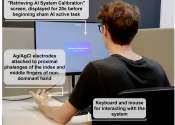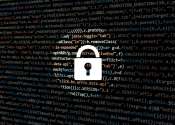Designing a 'neural puppeteer' to recognize skeletal nodes
Imagine for a moment, that we are on a safari watching a giraffe graze. After looking away for a second, we then see the animal lower its head and sit down. But, we wonder, what happened in the meantime? Computer scientists ...
Mar 8, 2023
0
24









